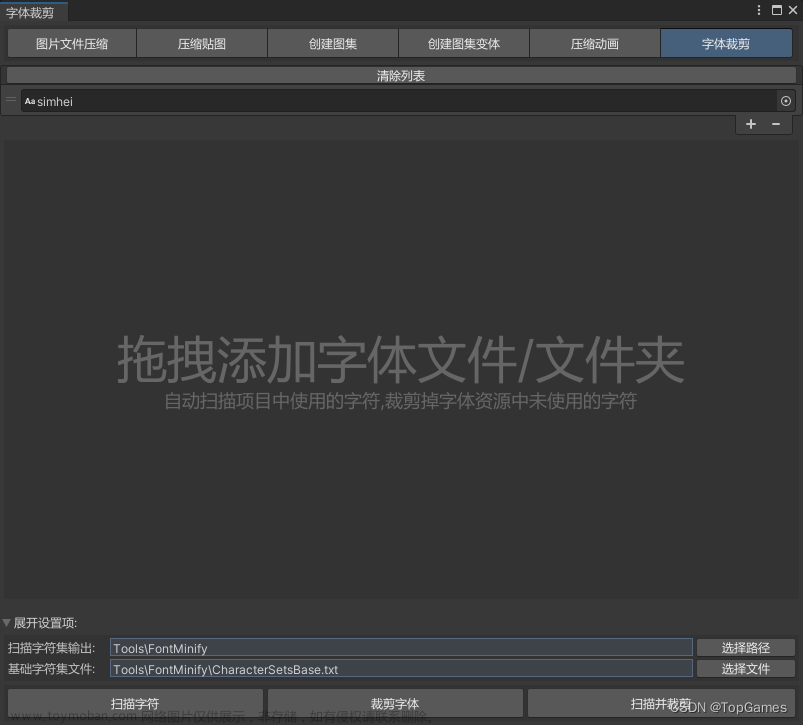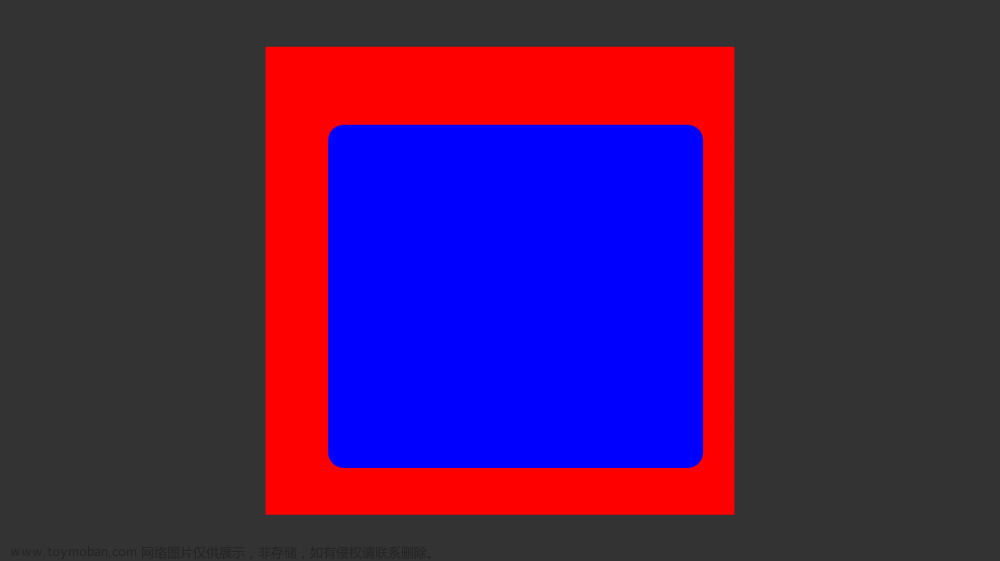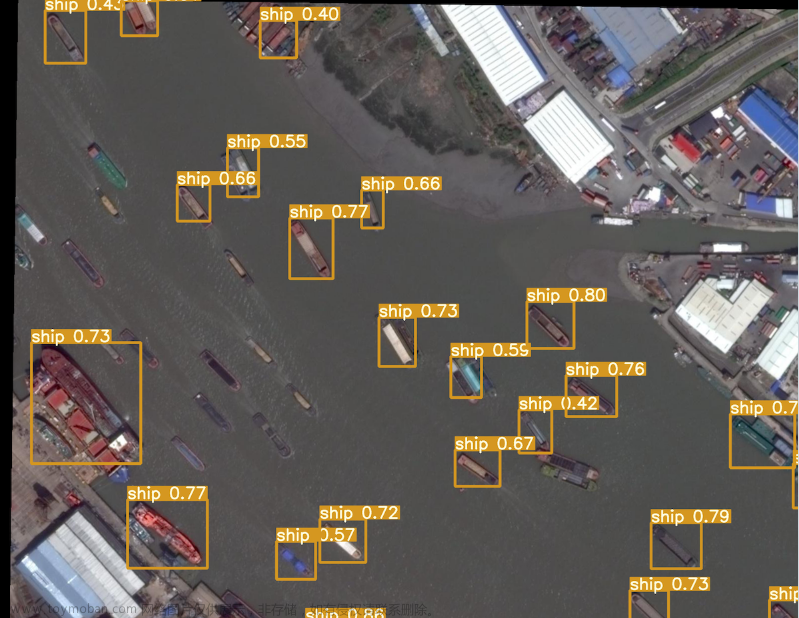
一、背景
当进行深度学习任务如进行训练时,图片的大小可能导致显存不足,一个方法是对图片直接进行resize,这个会导致图片细节不足;另一个是对图片进行裁剪,裁剪成小的尺寸以送入模型训练,这也有一个缺点,就是会丢失上下文信息。现在想使用python对图片批量裁剪,那么设计了如下一个脚本。
二、方法
进行裁剪时会面临的首要问题是,宽高不足以整除时,如大小为1024*1024的图像,裁剪为300*300的时候,怎么解决? 我的代码是图片在进行横向切分时,在第四片时,剩下124像素大小,这时我将已经被裁剪的部分补充进去,如下图所示:

纵向也是如此,循环代码即可获得最终的切片效果。文章来源:https://www.toymoban.com/news/detail-526466.html
三、代码
#coding=gbk
import cv2
import numpy
import scipy.io as scio
import math
import os
maskFile = r'C:\Users\Administrator\Desktop\test_labelme\labelme\examples\semantic_segmentation\DH_voc\SegmentationClassPNG' # 待裁剪的mask
imgFile = r'C:\Users\Administrator\Desktop\test_labelme\labelme\examples\semantic_segmentation\DH_voc\SegmentationClassPNG' #待裁剪的图片 两者实际操作相同,如果只裁剪一类图像,如只有mask,则删除对应的裁剪图片的代码即可
###"C:\Users\Administrator\Desktop\1" 为保存结果路径,请修改
list_mask = []
list_img = []
for root, _, fnames in sorted(os.walk(maskFile)):
for fname in fnames:
path = os.path.join(root, fname)
list_mask.append(path)
for root, _, fnames in sorted(os.walk(imgFile)):
for fname in fnames:
path = os.path.join(root, fname)
list_img.append(path)
for i in range(len(list_mask)):
p,n = os.path.split(list_mask[i])
pro,ext = os.path.splitext(n)
print(pro)
mask = cv2.imread(list_mask[i])
img = cv2.imread(list_img[i])
(h, w, c) = mask.shape
h_n = math.ceil(h / 480.0) #裁剪的高 480修改为想裁剪的大小
w_n = math.ceil(w / 480.0) #裁剪的宽 480修改为想裁剪的大小
(h, w, c) = img.shape
for i in range(h_n):
if i < h_n - 1:
for j in range(w_n):
if j < w_n - 1:
mask_patch = mask[i * 480:(i + 1) * 480, j * 480:(j + 1) * 480,:]
img_pathc = img[i * 480:(i + 1) * 480, j * 480:(j + 1) * 480, :]
mask_pathname = os.path.join(r"C:\Users\Administrator\Desktop\1",
pro[:4] +'-'+ str(i) + '-' + str(j) + '.png')
img_pathname = os.path.join(r"C:\Users\Administrator\Desktop\1",
pro[:4] +'-'+ str(i) + '-' + str(j) + '.png')
cv2.imwrite(mask_pathname, mask_patch)
#cv2.imwrite(img_pathname, img_pathc)
else:
mask_patch = mask[i * 480:(i + 1) * 480, (w - 480):, :]
img_pathc = img[i * 480:(i + 1) * 480, (w - 480):, :]
mask_pathname = os.path.join(r"C:\Users\Administrator\Desktop\1",
pro[:4] +'-'+ str(i) + '-' + str(j) + '.png')
img_pathname = os.path.join(r"C:\Users\Administrator\Desktop\1",
pro[:4] +'-'+ str(i) + '-' + str(j) + '.png')
cv2.imwrite(mask_pathname, mask_patch)
#cv2.imwrite(img_pathname, img_pathc)
else:
for j in range(w_n):
if j < w_n - 1:
mask_patch = mask[(h - 480):, j * 480:(j + 1) * 480, :]
img_pathc = img[(h - 480):, j * 480:(j + 1) * 480, :]
mask_pathname = os.path.join(r"C:\Users\Administrator\Desktop\1",
pro[:4] + '-' + str(i) + '-' + str(j) + '.png')
img_pathname = os.path.join(r"J:\dataset\DH_voc4\JPEGImages",
pro[:4] +'-'+ str(i) + '-' + str(j) + '.png')
cv2.imwrite(mask_pathname, mask_patch)
#cv2.imwrite(img_pathname, img_pathc)
else:
mask_patch = mask[(h - 480):, (w - 480):, :]
img_pathc = img[(h - 480):, (w - 480):, :]
mask_pathname = os.path.join(r"C:\Users\Administrator\Desktop\1",
pro[:4]+'-'+ str(i) + '-' + str(j) + '.png')
img_pathname = os.path.join(r"C:\Users\Administrator\Desktop\1",
pro[:4] +'-'+ str(i) + '-' + str(j) + '.png')
cv2.imwrite(mask_pathname, mask_patch)
#cv2.imwrite(img_pathname, img_pathc)
四、总结
代码中有部分需要修改和优化的地方,请自行优化。如图片的命名,裁剪后拼接的话也需要标记出原始图片的大小才可以进行还原,不赘述。如果有错误,请私信!感谢!!文章来源地址https://www.toymoban.com/news/detail-526466.html
到了这里,关于使用python批量裁剪图片为目标大小的文章就介绍完了。如果您还想了解更多内容,请在右上角搜索TOY模板网以前的文章或继续浏览下面的相关文章,希望大家以后多多支持TOY模板网!




![Python:[WinError 10061] 由于目标计算机积极拒绝,无法连接。](https://imgs.yssmx.com/Uploads/2024/02/733811-1.png)






